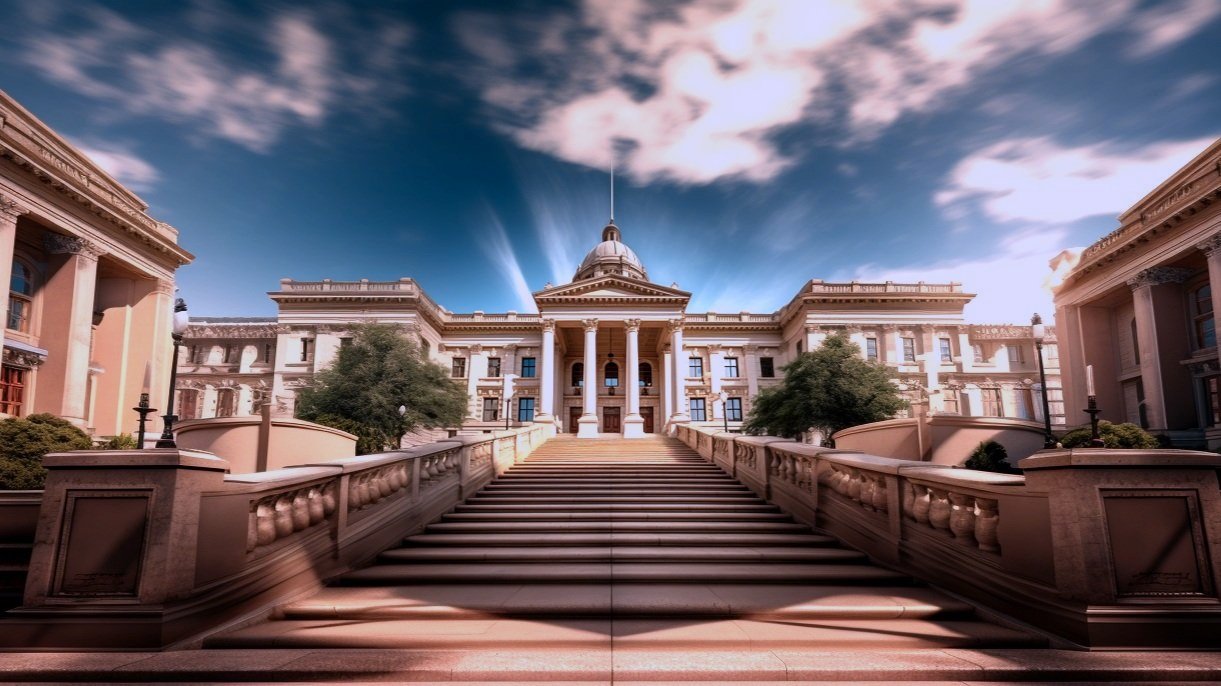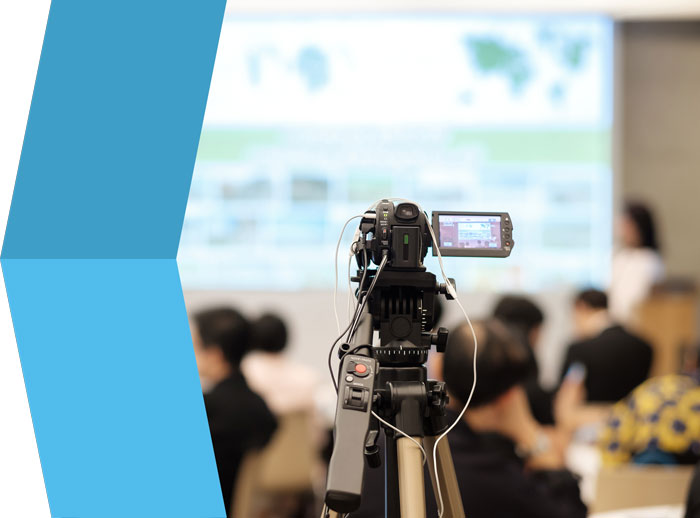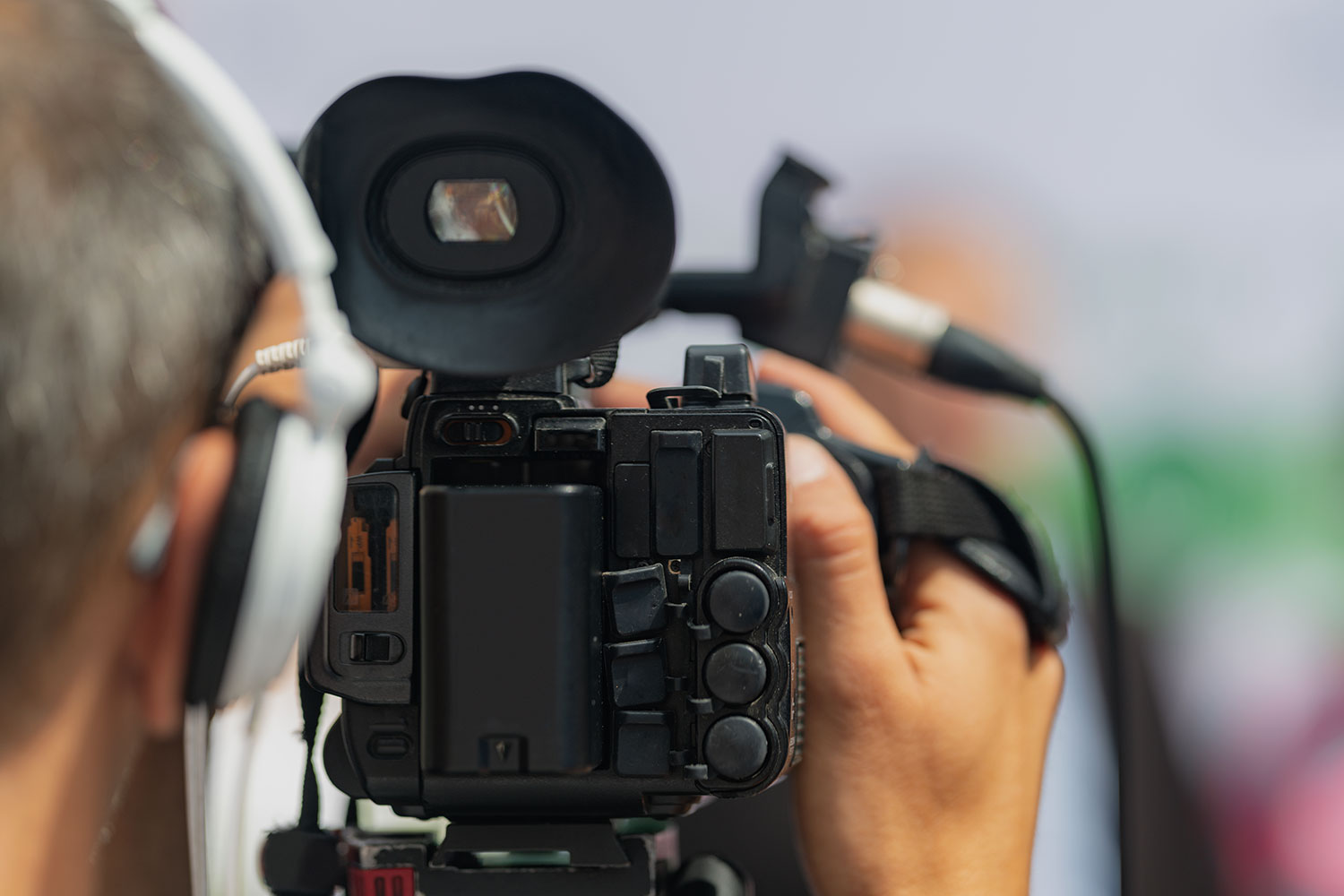Top Advantages of Specialist Legal Videography for Court Cases
Top Advantages of Specialist Legal Videography for Court Cases
Blog Article
Exploring the Mechanisms of Legal Videography: Unveiling Its Procedure in Safeguarding Genuine Aesthetic Testimony for Judicial Procedures
In the realm of judicial proceedings, the function of legal videography stands as a foundation in maintaining and presenting visual proof. As modern technology proceeds to advancement, the mechanisms behind lawful videography have come to be increasingly elaborate, offering a crucial layer of authenticity to testaments captured on video clip.
Historical Advancement of Legal Videography
Analyzing the historical progression of lawful videography discloses a considerable change in the catching and discussion of aesthetic evidence within the lawful landscape. In the past, legal process heavily depended on composed pictures and records to record events and provide evidence. Nonetheless, with the introduction of video clip modern technology, the legal industry saw a standard change in just how aesthetic testament was recorded and provided.
The evolution of lawful videography can be traced back to the late 20th century when improvements in video clip recording devices made it much more available for usage in court rooms. This technical innovation not just enhanced the precision and reliability of aesthetic evidence however likewise reinvented the method situations were offered to juries and judges (Legal Videography). Attorneys began to acknowledge the convincing power of video clip recordings in sharing feelings, nuances, and non-verbal cues that created records or photos alone might not capture effectively

Modern Technology Advancements in Video Documentation
What essential technological developments have transformed video clip paperwork in the legal area? The legal area has actually seen considerable advancements in video documents technology that have improved the credibility and dependability of visual evidence in judicial proceedings. One of the key advancements is high-def (HD) video clip recording abilities, which offer crystal-clear images and sharp information that are critical for precisely catching testimonies, face expressions, and various other visual signs. Furthermore, the integration of timestamping and metadata attributes in video clip documentation devices has enabled specific paperwork of when and where the video was videotaped, making certain the stability of the evidence offered in court.
In addition, improvements in video clip file encryption and watermarking technologies have actually reinforced the safety and security and tamper-proof nature of video evidence, guarding it against unauthorized modifications or tampering. The development of cloud storage options and remote gain access to abilities has structured the storage space, retrieval, and sharing of video evidence, assisting in smooth partnership amongst lawful specialists and ensuring effective access to important visual testimonies when needed. These technological improvements in video clip documents have unquestionably transformed the legal area, enhancing the precision, trustworthiness, and admissibility of visual evidence in judicial process.
Role of Legal Videographers in Courtroom Settings
The advancement of video paperwork innovation in the legal field has demanded an important duty for lawful videographers in courtroom settings, making certain the honesty and dependability of visual statements presented throughout judicial proceedings. Legal videographers play a fundamental function in recording and maintaining precise aesthetic proof that can be crucial in litigation. Their obligation encompasses establishing up devices, tape-recording process, and generating high-grade video clips that accurately reflect the events in the court room.
In court setups, lawful videographers should stick to strict standards and requirements to maintain the authenticity of the visit aesthetic record. They should have a keen eye for detail and a comprehensive understanding of legal procedures to make sure that the video they capture is a true representation of the events that took place. Additionally, lawful videographers typically work very closely with legal groups to make certain that the video clip evidence straightens with the instance's demands and can be successfully presented in court to sustain the lawful disagreements being made. In general, the duty of lawful videographers in courtroom setups is vital in supporting the concepts of justice and guaranteeing the openness of legal process.

Ensuring Admissibility and Integrity of Video Clip Evidence
To maintain the reputation of visual evidence offered in lawful process, ensuring the admissibility and integrity of video clip proof is an important obligation for lawful videographers. Admissibility refers to the approval of proof by the court, and for video evidence to be permissible, it should fulfill specific criteria. Legal videographers play an important role in making certain that the videos they record comply with the rules of proof, such as importance, reliability, and authenticity.
Integrity of video evidence involves maintaining the originality and accuracy of the footage from the time it is recorded until it exists in court. This includes securely saving the video clip documents, recording the chain of safekeeping, and stopping any type of tampering or modifications. Legal videographers this contact form must follow rigorous methods to ensure the stability of the video evidence and prevent any kind of obstacles to its credibility.
Future Trends in Legal Videography
Provided the increasing dependence on modern technology in lawful procedures, legal videographers are poised to welcome cutting-edge improvements forming the future of aesthetic statement capture and presentation. One of the prominent trends coming up is the assimilation of virtual fact (VR) and enhanced fact (AR) innovations into legal videography. These modern technologies have the prospective to revolutionize exactly how visual proof exists in courts, allowing courts and juries to submerse themselves in the scene of the criminal offense or incident.
In addition, using expert system (AI) algorithms for video clip analysis is anticipated to streamline the procedure of reviewing and assessing big quantities of video footage. AI can help in identifying crucial minutes, anomalies, and patterns within video clips, enhancing the performance of legal investigations.

Final Thought
To conclude, legal videography has actually played a vital duty in supplying authentic aesthetic proof for judicial procedures. Through technical advancements and the expertise of lawful videographers, the integrity and admissibility of video proof are guaranteed in court room settings. As lawful videography remains to advance, it will be vital to support criteria that maintain the precision and reliability of visual testament for the future of legal procedures.
Examining the historical development of lawful videography reveals a substantial change in the catching and discussion of visual proof within the lawful landscape.The development of video paperwork modern technology in the legal field has actually demanded an important role for lawful videographers in courtroom setups, guaranteeing the honesty and reliability of aesthetic testimonies presented throughout judicial process. In addition, legal videographers usually work very closely with lawful teams to make sure that the video clip evidence lines up with the case's needs and can be effectively provided in court to support the legal arguments being made.To keep the trustworthiness of visual proof provided in lawful procedures, making certain the admissibility and stability of video proof is a vital duty for lawful videographers. As lawful videography proceeds to progress, it will certainly be necessary to maintain requirements that preserve the accuracy and reliability of visual testament for the future of lawful process.
Report this page